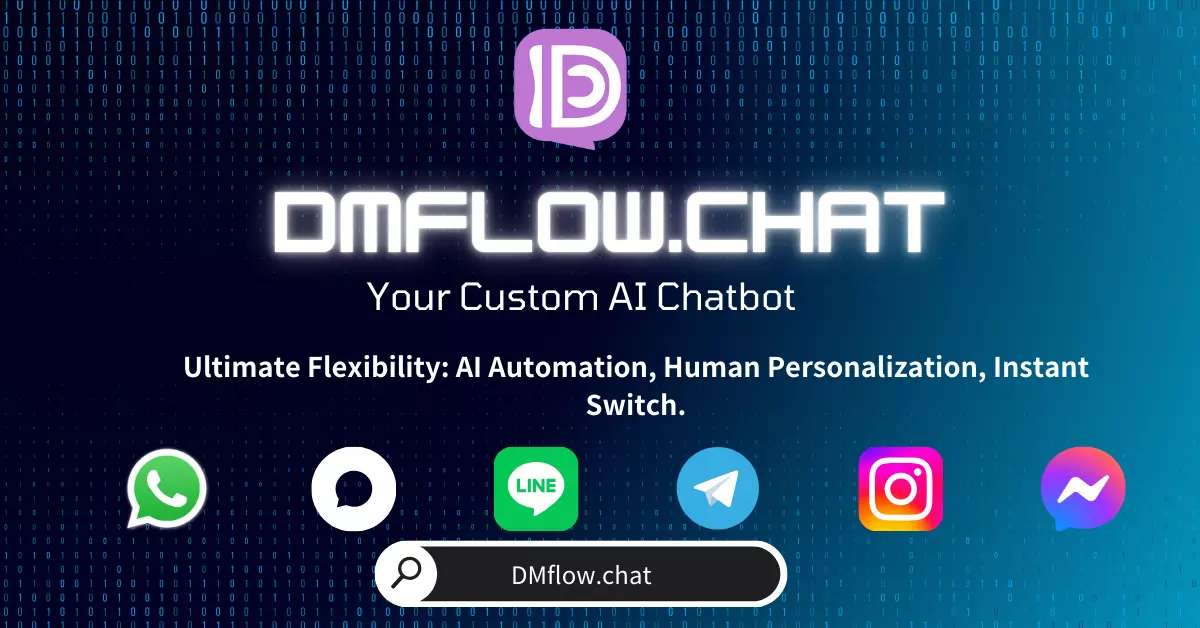Introducing the ChatGPT Atlas Browser: Is the AI Agent a Helper or a Hacker's New Toy?
OpenAI has launched the new ChatGPT Atlas browser with an integrated AI agent, attempting to completely change our digital lives. But behind this convenience lies the new attack risk of “prompt injection.” This article will provide an in-depth analysis of the potential of this technology, OpenAI’s open and transparent response strategy, and its profound impact on the entire AI industry.
The Dawn of a New Era in AI Browsing
Imagine your browser is no longer a passive tool, but an intelligent partner that can understand your commands and proactively complete tasks for you. This sounds like something out of a sci-fi movie, but according to a user named DANΞ (@cryps1s) on the X platform, OpenAI seems to have launched a new web browser called ChatGPT Atlas, making this a reality.
The core highlight of Atlas is a powerful feature called the ChatGPT Agent. Its goal is clear: to make your work and daily life more efficient than ever before. From booking restaurants and comparing products to organizing data, this AI agent can do it all for you.
However, like any disruptive technology, great power comes with new challenges. While we marvel at its convenience, we must also face a serious problem: when we give AI so much authority, how can we ensure that its behavior is safe and controllable? An emerging threat called “Prompt Injection” is becoming a major hurdle that must be overcome on the development path of this technology.
The Lurking Threat: “Social Engineering” for AI
Before we delve into defense, we must first understand the threat itself. Past AI assistants were more like knowledgeable consultants; you asked them questions, and they gave you answers. But the ChatGPT agent is more like a capable personal assistant that can directly “take action” in the browser, such as logging into your account and adding items to your shopping cart.
And “prompt injection attacks” are a new type of attack that targets this “ability to act.”
You can think of it as a form of “social engineering” for AI. Hackers no longer directly attack your computer system, but instead deceive or induce your AI agent by hiding malicious commands in websites, emails, or other information sources, causing it to perform unintended actions. The hacker’s goal can be simple, such as making the agent prefer a certain brand when you are shopping; but it can also be very serious, such as tricking the agent into reading your private emails or even stealing your account passwords.
Faced with this tricky problem, OpenAI has adopted a rather honest and transparent communication strategy. They did not just promote the wonderful features like in a traditional product launch, but instead spent a lot of time explaining the risks. This open and honest attitude not only manages user expectations, but also provides an important “risk education” in advance, which helps to build long-term trust in the early stages of technology development.
OpenAI’s Defense Strategy: Trust Comes from Honesty and Preparation
OpenAI’s long-term goal is for you to be able to trust the ChatGPT agent as much as you trust your most capable and reliable friend. To achieve this goal, they have invested a lot of effort in defense deployment before the release:
- Extensive red-teaming: Playing the role of hackers to attack their own systems to find potential vulnerabilities.
- Innovative model training: Teaching the AI model how to identify and ignore those hidden malicious commands through special techniques.
- Multi-layered security protection: Building layers of security barriers and monitoring systems to detect and block attacks.
But OpenAI also admits that this battle has just begun. Prompt injection attacks are still a frontier and tricky area, and their opponents (hackers) will also invest a lot of time and resources to find new ways to break through the defense.
User Self-Protection Manual: Giving Control Back to You
What’s most interesting is that OpenAI admits that it is currently impossible to solve this problem 100% at the technical level. Therefore, they have chosen to provide tools to return some of the security control to the user. This is a pragmatic and smart approach.
1. “Logged out mode”: A Designated Driver Without the Keys
In “logged out mode,” the agent can help you browse and search, but cannot access your login credentials for any website. This is like hiring a designated driver who can drive your car for you, but doesn’t have the keys to your house. When you don’t need the agent to log into your account, this is the safest option.
2. “Watch Mode”: You’re in Charge of Sensitive Operations
When the agent needs to operate on sensitive websites such as your online bank or email, “Watch Mode” will be forcibly activated. You must keep that tab in the foreground and personally “supervise” every action of the agent. If you switch tabs, the agent will pause.
This design philosophy reflects a “human-computer collaboration” security philosophy. It acknowledges the limits of purely technical protection and instead gives the user the final say, making people the most important part of the security loop at critical moments.
The “Computer Virus” of the AI Era: a Future that Needs to Evolve Together
The post compares “prompt injection” to the “computer viruses” of the early 2000s, which is a rather clever analogy.
It not only immediately allows the non-technical public to understand the seriousness and universality of the problem, but more importantly, it successfully conveys the core message of “risk is manageable, but we need to remain vigilant.” We all remember that computer viruses are a long-term, constantly mutating threat, but we can still surf the Internet safely through antivirus software and good usage habits. Similarly, in the face of the risks of AI agents, we also need the joint evolution of technology, social cognition, and user habits.
Conclusion: Not Just a New Tool, but an Industry Bellwether
ChatGPT Atlas and its agent function undoubtedly paint a picture of a smarter and more efficient future for us. However, the significance of its release may be more than just the birth of a new tool.
As the industry leader, OpenAI’s every move is setting a benchmark for the entire industry. This time, by proactively and in-depthly discussing the security of AI agents, they are actually guiding the entire industry to think: what kind of security standards should be followed when all companies launch their own AI agents in the future? What kind of control should users have?
This great power comes with new responsibilities. For developers, the responsibility lies in creating safe and private technology; for us users, the responsibility lies in understanding the risks and using it wisely. This time, OpenAI has not only released a product, but also guided a social dialogue about AI security and trust, and this journey has just begun.
Source: DANΞ (@cryps1s) on X




